PPR (Polypropylene Random Copolymer) pipe fittings have become a critical component in public infrastructure due to their versatility, durability, and resistance to a wide range of environmental conditions. From water supply systems to heating networks, PPR fittings provide efficient and reliable solutions for various public facilities. Municipalities and government bodies choose PPR pipe fittings because they offer long-term reliability, ease of installation, and cost-effectiveness, all of which are crucial when managing large-scale infrastructure projects.
1. Water Supply Systems
PPR pipe fittings play an essential role in public water supply systems, where reliable and leak-free performance is necessary. Public water systems serve thousands, sometimes millions, of residents, and these systems require pipes and fittings that handle large volumes of water efficiently. PPR fittings meet these demands by offering strong connections that minimize water loss and ensure that the system delivers water consistently.
PPR pipe fittings also prevent contamination in water supply systems, as they do not corrode or degrade over time. Their non-toxic and inert properties ensure that the water remains clean and safe for public consumption, even after years of use. Municipal water systems benefit from PPR’s durability, reducing the frequency of pipe repairs and replacements, and minimizing the disruption of water services to the public.
2. Sewage and Drainage Systems
Sewage and drainage systems in public facilities require strong and reliable piping to handle wastewater efficiently. PPR pipe fittings perform well in these environments because they resist chemicals, pressure changes, and varying temperatures. In many cases, sewage systems must manage both solid and liquid waste, and PPR’s toughness ensures that the system handles this without breaking down.
PPR fittings in public sewage systems maintain their structural integrity in harsh conditions. Whether dealing with industrial waste, wastewater from large residential areas, or rainwater drainage, PPR fittings offer the durability needed to keep the system functioning properly. The fittings connect pipes securely, eliminating the risk of leaks that can cause environmental contamination or public health hazards.
3. Heating Systems for Public Buildings
In public buildings such as schools, hospitals, and government offices, reliable heating systems ensure comfort and efficiency. PPR pipe fittings have become popular in these settings for connecting heating systems, as they withstand high temperatures and prevent heat loss. PPR’s excellent insulation properties help public buildings maintain energy efficiency, which lowers operational costs and supports sustainability goals.
Heating systems in public infrastructure often need to serve large spaces with varying heating requirements. PPR fittings manage these demands effectively, allowing the system to distribute heat uniformly throughout the building. Whether used in traditional radiator-based systems or modern underfloor heating solutions, PPR pipe fittings ensure that the heating system runs smoothly, even under heavy usage.
4. Public Swimming Pools
Public swimming pools present unique challenges for piping systems, as they must handle constant water flow and exposure to chlorine and other pool chemicals. PPR pipe fittings excel in this environment, as they resist chemical corrosion and maintain their strength in wet conditions. Public pool operators choose PPR fittings for their long-term performance and minimal maintenance requirements.
In addition to their resistance to chlorine, PPR pipe fittings offer superior temperature resistance, which is crucial for heating the water in public swimming pools. These fittings allow for the safe and efficient transfer of water between the pool and heating systems, ensuring that the water temperature remains consistent for users. With PPR pipe fittings, public swimming pools experience fewer issues related to pipe degradation or leaks, allowing the facility to operate without interruption.
5. Irrigation Systems in Public Parks
Public parks and green spaces often rely on extensive irrigation systems to maintain their landscaping. PPR pipe fittings have proven valuable in this context because of their ability to resist the elements, including temperature changes, UV exposure, and water pressure fluctuations. These fittings ensure that water flows reliably to different parts of the park, supporting healthy plant growth and maintaining the aesthetic appeal of public spaces.
PPR pipe fittings also prevent leaks in irrigation systems, reducing water waste. This helps municipalities conserve water, particularly in regions where water is scarce. By using PPR pipe fittings, public park managers can optimize water distribution without worrying about system failures, ensuring that plants and trees receive adequate hydration throughout the year.
6. Firefighting Systems in Public Buildings
Firefighting systems in public buildings rely on robust and reliable piping to deliver water in emergency situations. PPR pipe fittings play a crucial role in these systems by ensuring that water flows quickly and efficiently to fire suppression equipment. PPR’s pressure resistance allows it to handle the high flow rates required for firefighting systems, making it a preferred choice for both new installations and retrofitting existing systems.
Public infrastructure often needs to meet strict fire safety regulations, and PPR fittings help meet these requirements. The fittings create secure connections between pipes, minimizing the risk of leaks that could compromise the system’s performance during an emergency. With PPR pipe fittings, public buildings can improve their fire safety measures, protecting both occupants and property.
7. Public Transportation Facilities
Public transportation hubs such as train stations, airports, and bus terminals require well-maintained piping systems for a variety of purposes, including water supply, heating, and drainage. PPR pipe fittings offer a solution that withstands the heavy usage and foot traffic that these facilities experience daily. Whether used in restroom facilities, heating systems, or drainage networks, PPR fittings ensure that the system functions reliably under high demand.
In addition to durability, PPR pipe fittings contribute to the energy efficiency of public transportation facilities. By minimizing heat loss in heating and water systems, these fittings reduce the overall energy consumption of the facility, helping cities and municipalities meet their sustainability targets. PPR’s low maintenance requirements also reduce operational costs, as repairs and replacements occur less frequently compared to systems that use metal fittings.
8. Easy Installation and Maintenance
PPR pipe fittings offer an advantage in public infrastructure due to their ease of installation. Construction crews can install these fittings quickly using heat fusion techniques, which create strong, leak-free connections. This method reduces labor costs and installation time, which is especially important in public infrastructure projects that need to meet tight deadlines.
The durability and long lifespan of PPR pipe fittings also mean that public facilities experience fewer disruptions due to pipe maintenance or replacement. Once installed, PPR fittings require minimal attention, allowing public services to operate smoothly without frequent repairs. This low-maintenance benefit is particularly valuable for municipalities managing large-scale water, heating, and sewage systems.
9. Cost-Effectiveness in Public Infrastructure
Cost is always a key consideration in public infrastructure projects, and PPR pipe fittings offer a cost-effective solution both in terms of initial installation and long-term maintenance. While the material itself is affordable, PPR fittings also provide savings by reducing water loss, minimizing the need for repairs, and extending the lifespan of the system. Public budgets benefit from these savings, as they can allocate funds to other critical infrastructure needs.
PPR pipe fittings also reduce energy costs in heating systems by preventing heat loss and improving system efficiency. As public buildings work to meet stricter energy efficiency standards, the use of PPR fittings helps them achieve their goals while keeping operational costs low. The durability and longevity of PPR fittings ensure that infrastructure investments provide value for many years, making them a financially responsible choice for public projects.
10. Environmental Sustainability
Municipalities increasingly focus on sustainability in public infrastructure projects, and PPR pipe fittings support these efforts. PPR is a recyclable material, and its long service life reduces the need for frequent replacements, minimizing waste. By using PPR pipe fittings, public facilities can reduce their environmental impact, contributing to more sustainable infrastructure systems.
In water supply and heating systems, PPR’s insulation properties help conserve energy, reducing the overall carbon footprint of the facility. Municipalities can take advantage of PPR’s eco-friendly features to build infrastructure that aligns with global sustainability goals, including reduced energy consumption and waste management practices.
Top 5 PPR Pipe Fittings Manufacturers
| Company | Headquarter/Location | Founded |
| IFAN | ZhuJi,China | 1993 |
| Pntek | NingBo,China | 2011 |
| Inline Plastics, Inc. | California, America | 1996 |
| K. Jabat, Inc. | New Jersey,America | 1973 |
| Speed Field Services | Texas, America | 1973 |
IFAN International Standard on PPR Pipe Fittings
IFAN adheres to a range of international and national standards to ensure the quality and performance of its products. These include the ISO 15874 Series standards and EN 15874 Series standards, which define the requirements for piping systems made of polypropylene (PP). Additionally, IFAN complies with ASTM F2389 for polypropylene pipe fittings, DIN 8077/8078 standards for polypropylene pipes, and the GB/T 18742 Series standards, which apply to piping systems in China. Furthermore, IFAN meets the Brazilian NBR 15884 standards for thermoplastic pipes and fittings used in hot and cold water systems.
Conclusion
PPR pipe fittings offer a versatile and reliable solution for a wide range of public infrastructure applications, from water supply and heating systems to sewage networks and firefighting systems. Their durability, resistance to corrosion, and ease of installation make them an ideal choice for large-scale projects that require long-lasting and low-maintenance piping solutions. Municipalities benefit from the cost-effectiveness, energy efficiency, and environmental sustainability that PPR fittings provide, ensuring that public infrastructure continues to serve communities effectively and reliably for years to come.
Connect
IFAN is a Chinese manufacturer of plastic pipes, fittings and valves with 30 years of experience. If you are interest in IFAN copper fittings, copper valves, plastic pipes and fittings, please contact us. IFAN offers you a variety of standard pipes to meet your specific needs. Click below to learn more about IFAN’s wide range of affordable and cost-effective valve products and piping system related products.
We will reply your email or fax within 24 hours.
You can call us at any time if there is any question on our production.
For more information,pls visit our webside https://ifanpro.com/
Pls Mailto: [email protected]
Whatsapp: + 86 19857948982

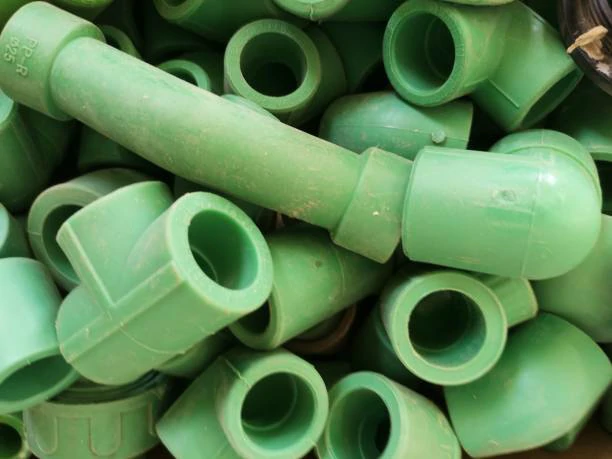
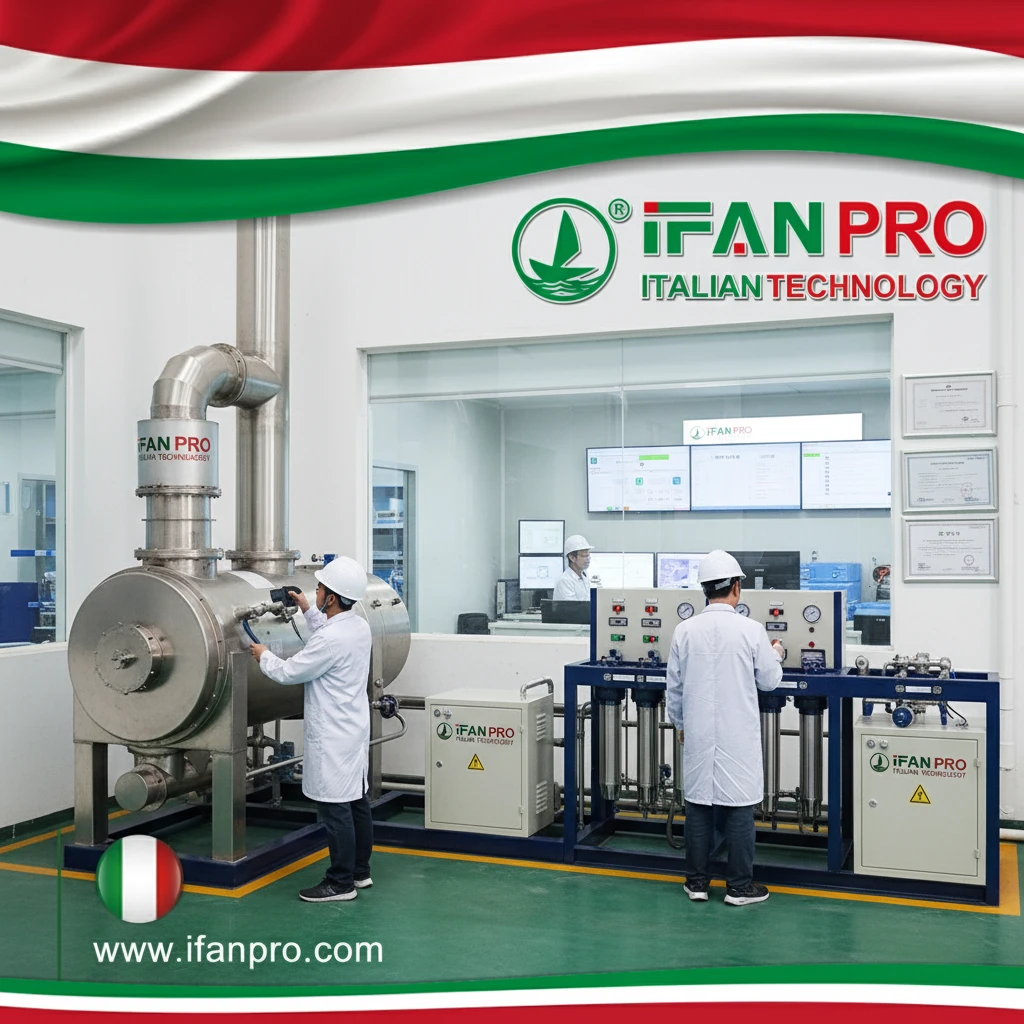
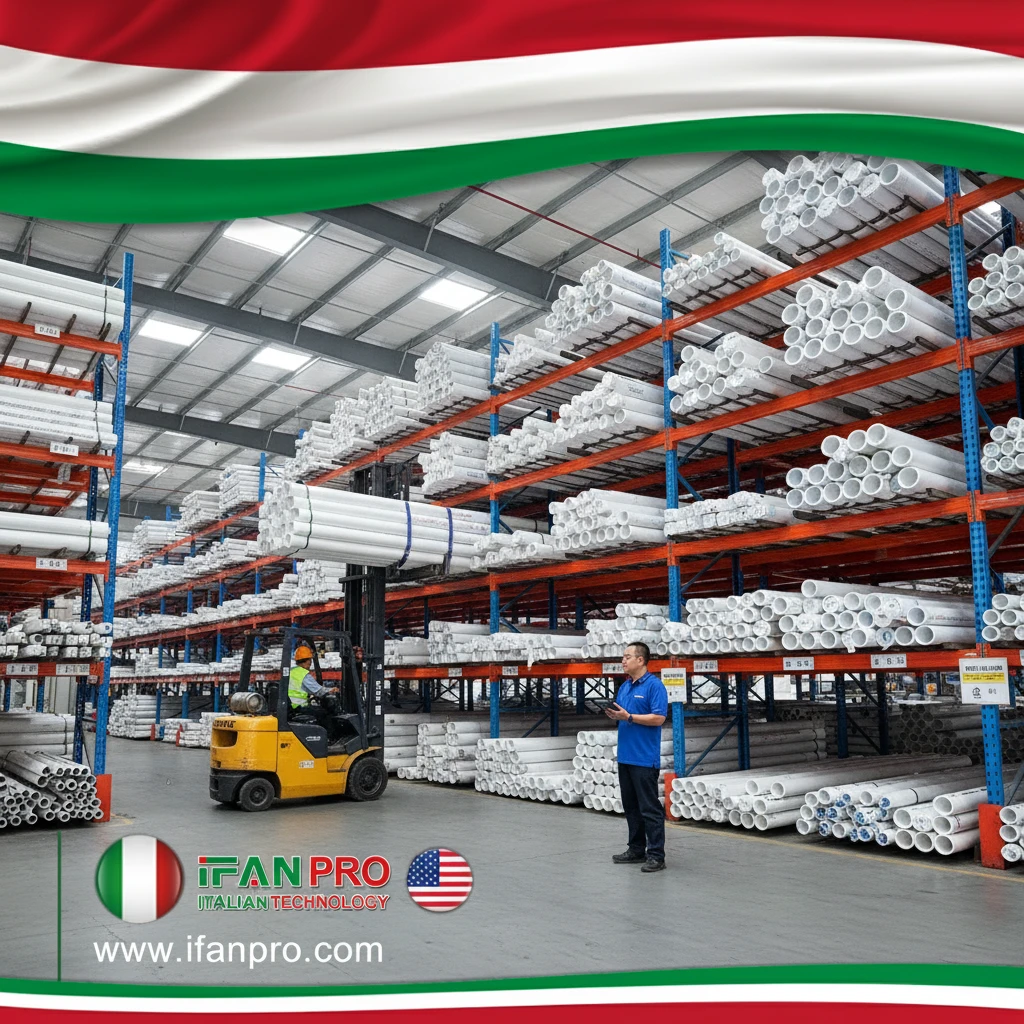

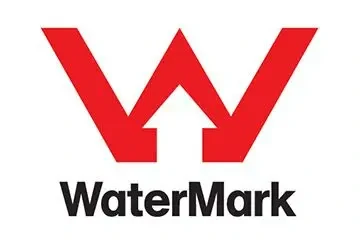

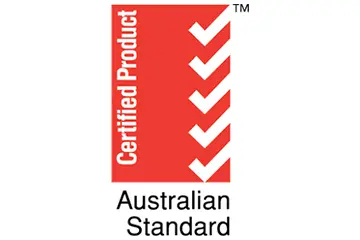
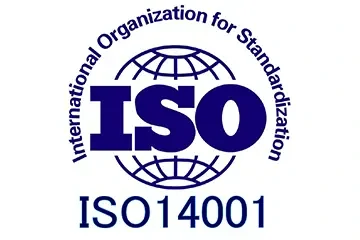



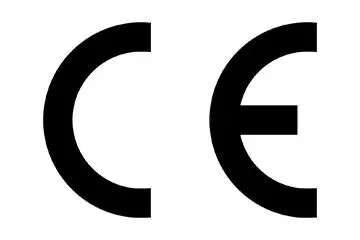
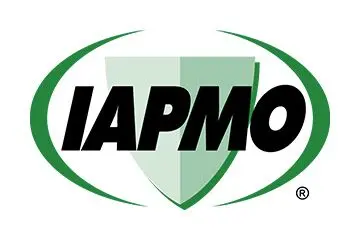
Recent Comments